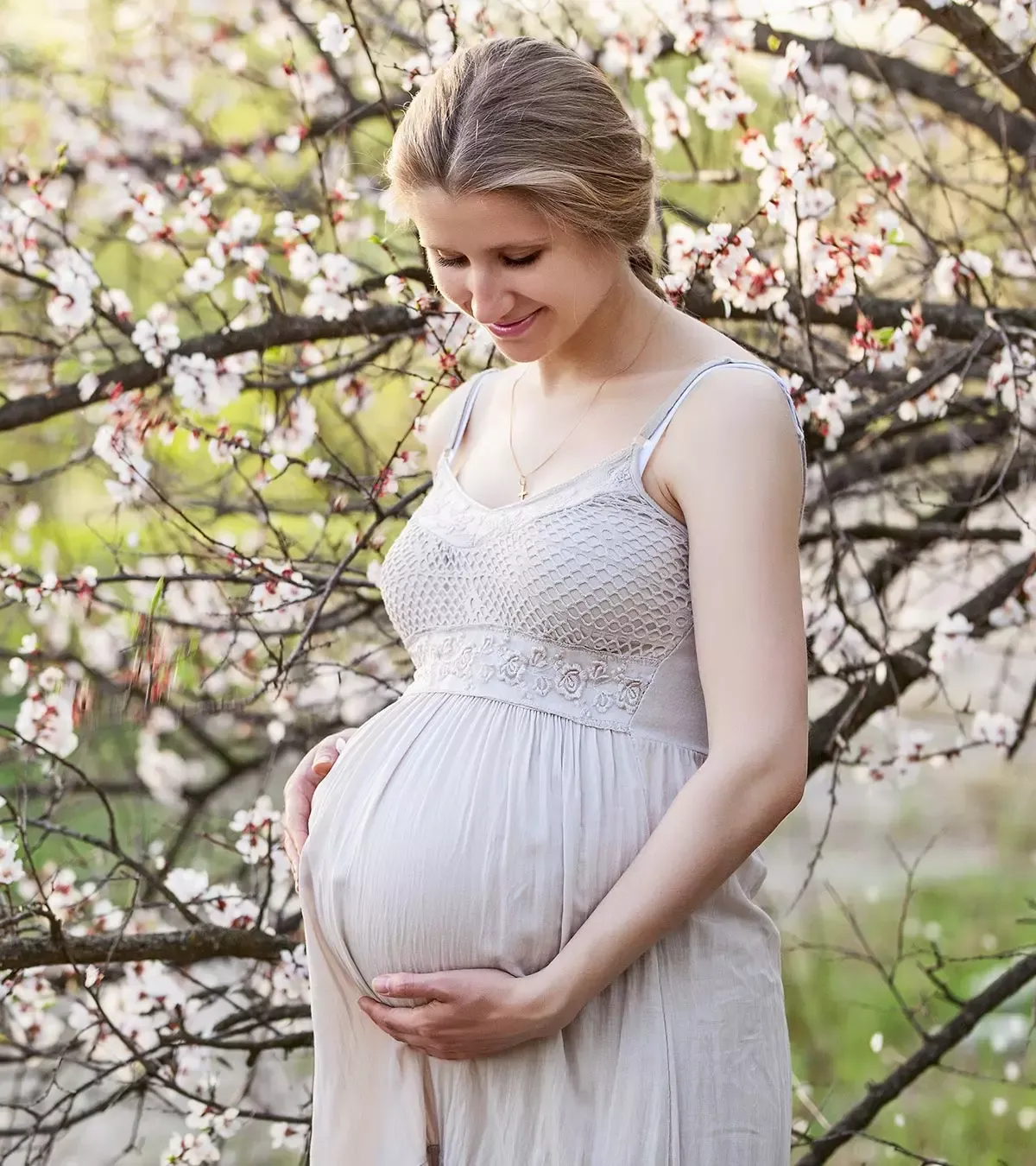When it comes to fertility, young individuals often face a unique set of challenges that can complicate their family planning journeys. While many may assume that youth guarantees fertility, various factors can impede the ability to conceive. Understanding these obstacles is crucial for those navigating their reproductive options.
Medical Conditions
Conditions such as polycystic ovary syndrome (PCOS) and endometriosis can significantly affect a young woman’s fertility. PCOS, for instance, can disrupt ovulation, making it harder to conceive. In men, low testosterone levels or issues with sperm quality can pose similar challenges. These conditions often require medical intervention, and early diagnosis can make a substantial difference.
Lifestyle Factors
The lifestyle choices of young people can also impact their fertility. Stress, poor diet, lack of physical activity, and substance abuse can all contribute to decreased fertility. It’s important for young individuals to prioritize their health and well-being, as these factors play a significant role in reproductive success. Additionally, environmental factors, such as exposure to toxins, can further complicate matters—making it essential to consider lifestyle adjustments.
Timing and Awareness
Many young people may not be fully aware of their fertility potential or the best time to conceive. With the pressures of education and career, starting a family may not be a priority. However, delaying family planning beyond the early reproductive years can lead to unexpected challenges. Educating oneself about fertility timelines can help in making informed decisions.
Access to Resources
Young individuals may also face barriers in accessing fertility resources. Financial constraints, lack of insurance coverage for fertility treatments, or inadequate education about options can hinder their ability to seek help. It’s crucial for young people to seek out support and resources, including those offered at clinics specializing in fertility, to understand their options better.
For those interested in exploring artificial insemination and its related side effects, risks, and expenses, check out our other blog post here. And for practical tips on home insemination, consider visiting this expert site that covers various aspects of family building.
In summary, fertility challenges among young people are multifaceted, involving medical, lifestyle, and educational components. Being proactive and informed can empower young individuals to navigate these challenges effectively. For a deeper understanding of donor insemination and its procedures, refer to this excellent resource here.
